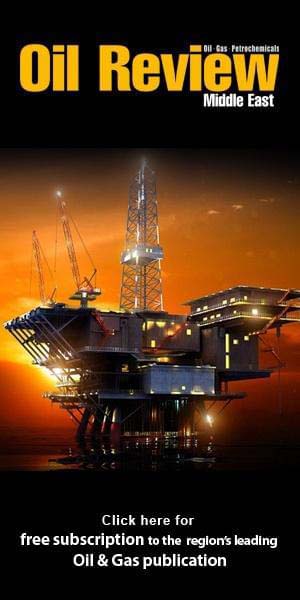John Crane, a global leader in rotating equipment solutions and part of Smiths Group plc, has unveiled the Type 93AX Coaxial Separation Seal, a cutting-edge dry gas sealing solution designed to help customers reduce emissions, enhance equipment reliability, and lower operational costs.
This next-generation seal builds on John Crane’s extensive expertise in industrial sealing, offering a robust, fail-safe design that remains operational even under multiple failure scenarios.
Engineered with direct customer input, test data indicates the seal reduces nitrogen consumption by up to 80% compared to conventional radial separation seals, delivering significant efficiency and sustainability benefits.
3 ways the seal helps customers
Contamination is a major cause of dry gas seal failures, contributing significantly to unscheduled maintenance and equipment downtime.
The Type 93AX addresses this challenge by preventing oil ingress from the compressor bearing chamber, thereby minimising risks and supporting continuous, reliable operation.
According to Deloitte, unplanned downtime costs the global process industries an estimated US$50bn annually, with equipment failure accounting for 42% of such disruptions.
In energy and process applications, this translates to average losses of up to US$42mn per facility per year.
The Type 93AX mitigates these performance and financial risks by enhancing the reliability of the dry gas seal system and reducing demand on supporting infrastructure, such as nitrogen generators and air compressors.
The seal is also designed to operate effectively in three distinct scenarios, automatically adapting to failure situations to minimise disruption and contain gas or oil migration.
In standard operation, it provides non-contacting operation for positive oil ingress mitigation. If separation gas is lost, the seal maintains non-contacting operation and oil control.
In the event of a dry gas seal failure, it restricts process gas leakage during compressor shutdown at pressures up to 35 bar, while maintaining seal integrity up to 70 bar.
The Type 93AX also supports sustainability goals by reducing emissions and energy consumption. By cutting nitrogen use by up to 80%, according to test data, it lowers the demand on energy-intensive nitrogen generation systems, reducing both costs and environmental impact.
The International Energy Agency highlights that improving industrial efficiency could reduce global energy use by 12% by 2040, underscoring the significance of solutions like the Type 93AX in advancing operational and environmental objectives.
The company said that its innovations align with regional sustainability initiatives in the Middle East, such as the UAE’s Net Zero 2050 Strategy, the Make in the Emirates Initiative, and Saudi Vision 2030’s Saudi Green Initiative, which aim to reduce industrial carbon emissions by over 90% in some cases through public and private sector partnerships.
Mike Eason, Chief Technology Officer at John Crane, said, “Our customers told us they wanted a separation seal that increases safety, efficiency, and reliability. The Type 93AX delivers on these priorities. It’s designed to keep working in real-world failure conditions to protect their most critical assets, and reduce environmental impact, while driving down OPEX and CAPEX.
“The new seal is compatible with John Crane’s dry gas seal portfolio and is supported by a global network of over 200 facilities, including manufacturing, sales, and services, and 13 global turbo service centers in more than 50 countries. It can be sold as part of a bundled first-fit order or compressor upgrade or supplied as a stand-alone product to meet customer-specific requirements.”
Also read: John Crane aims to hit its net-zero goals





